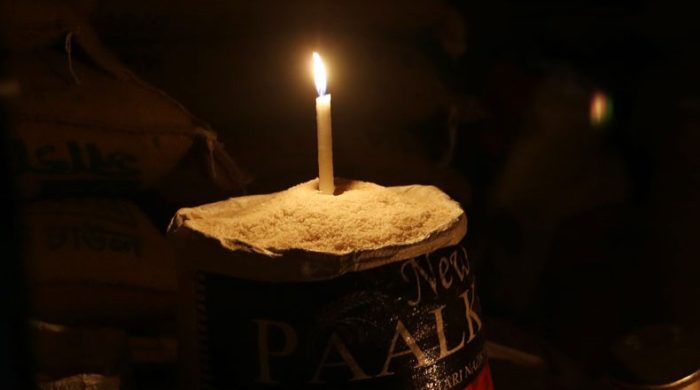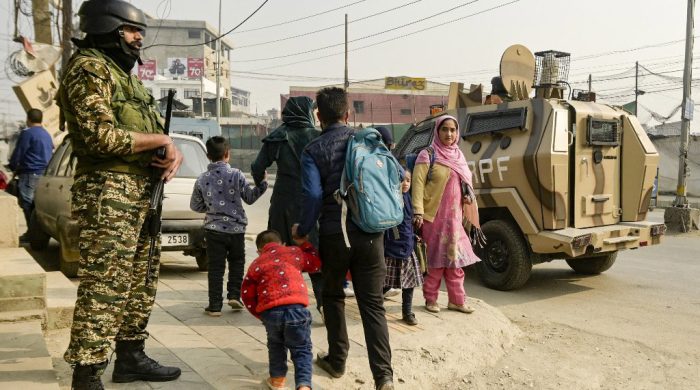Frequent power cuts at places as heatwave returns

- Update Time : Wednesday, April 3, 2024
- 26 Time View

The first significant heatwave of this summer has exposed yet again the fragility of Bangladesh’s power sector, with power generation lagging far behind demand.
Over the first two days of the hottest month, April, electricity demand soared along with the temperature, triggering up to 10 hours of power cuts in parts of Bangladesh.
Severe heat stress looms large over the horizon as summer now tends to stretch for months, well into November, potentially seriously affecting public health and agricultural production, according to meteorologists.
A heatwave has swept over a third of the country’s administrative regions—the Dhaka, Rajshahi, and Khulna divisions with forecasts of days getting even hotter over the next week, largely devoid of any rain.
The suffering of people is set to intensify, particularly after Thursday, meteorologists said.
Boro growers are particularly worried as long power cuts threaten to affect their crops if required irrigation cannot be arranged, New Age staff correspondent in Rajshahi reported.
Saiful Islam, a deep tube well operator at Palsha area in Godagari upazila of Rajshahi, said that they had been experiencing four to five power cuts a day, lasting between one and three hours in each spell.
‘If power cuts persist, it may affect boro cultivation,’ he said.
In Bagmara upazila, the situation is even worse.
‘We have been experiencing power outages for up to 10 hours over the past few days,’ said Joynal Uddin, a resident of Balanagar village.
Rubel Hossain, a school teacher and a resident of Pukhuria village in Shibganj upazila, said that the situation was so bad that power went out at an interval of every one or two hours.
The daily power generation report of the Power Grid Company of Bangladesh showed that at the evening peak power generation hour at 9:00 pm on Tuesday, the power supply situation was worse in Cumilla than in Rajshahi.
At the evening peak power generation hour, the PGCB estimated the overall load-shedding to be 853MW with the production of 13,189MW of electricity against the demand of 14,042MW.
The overall load-shedding doubled to 1,732MW at 3:00pm on Tuesday, with 11,986MW produced against the demand of 13,800MW.
The BMD said that the heatwave might continue through the first quarter of the month.
On Tuesday, Bangladesh’s highest maximum temperature of 38.7C was recorded in Chuadanga, according to the Bangladesh Meteorological Department.
In Dhaka, the maximum day temperature was recorded to be 36.5C.
Over the past two days, the day temperature has risen by up to 5C.
‘This is just the beginning of summer. Days ahead would be hotter,’ meteorologist Bazlur Rashid told New Age.
‘There is a rather long dry spell lying ahead,’ he said.
This year, the summer onset was rather delayed as frequent spells of rain swept through the first month of the pre-monsoon season, March.
The BMD said that the average temperature in March was 3C less than the average normal.
The rather cooler March has allowed the government a breathing space for the dollar crisis, which has continued to persist, severely limiting the import capacity on which power generation overwhelmingly depends.
In the past summer, Bangladesh saw load-shedding exceed 3,000MW mainly because of the fuel crisis, as the maximum temperature crossed 40C on many days between April and June.
This summer is set to be different from any other summer people have ever experienced, as they are set to witness power prices go up frequently amid dark nights and hot days.
The Power Cell predicted power demand to peak at 17,500MW this month.
Bangladesh’s current installed generation capacity is 26,844MW.
During the evening peak, the Power Cell had proposed to generate 38.62 per cent of electricity from gas, using 60 per cent of the gas-based power generation capacity of 11,133MW.
Over 80 per cent of the coal-based power generation capacity of 5,036MW will be used, the Power Cell plan proposes, generating 4,100MW of the evening peak.
Coal will meet 23.42 per cent of the evening peak power demand.
In 2023, Bangladesh’s half of the gas power capacity remained unused, adding to the capacity charge burden.
The Power Cell estimated that it needed 1,300mmcfd of gas to implement its plan, which is about 400mmcfd more than what could be supplied in the past year.
Bangladesh requires 2,360mmcfd to fully use its gas power capacity, according to Petrobangla.
The contribution of furnace oil to electricity production, on the other hand, dropped to 21 per cent in the past year from 27.4 per cent the year before because of a fuel shortage.
Furnace-oil-based power plants are privately operated, and the government’s debt to private power plants stood at nearly Tk 21,500 crore in 2023 due to the dollar crisis.
Energy experts have already warned about the worsening situation because of the persisting dollar crisis, advising the government to introduce measures to reduce power consumption.
Load-shedding has been around since January, the coldest month when power demand remained below 10,000MW. The load-shedding frequency increased in February and March.
The power price has increased by 300 per cent since 2009, along with a 500 per cent increase in its generation capacity.
Half of the generation capacity remains unused, generating a huge amount of capacity charge.
This would be the third year of an acute power outage since the government officially introduced rotating power cuts on July 19, 2022.
The government had initially promised not to roll out power cuts unannounced but failed to keep the promise because the shortage was far greater than expected.

























